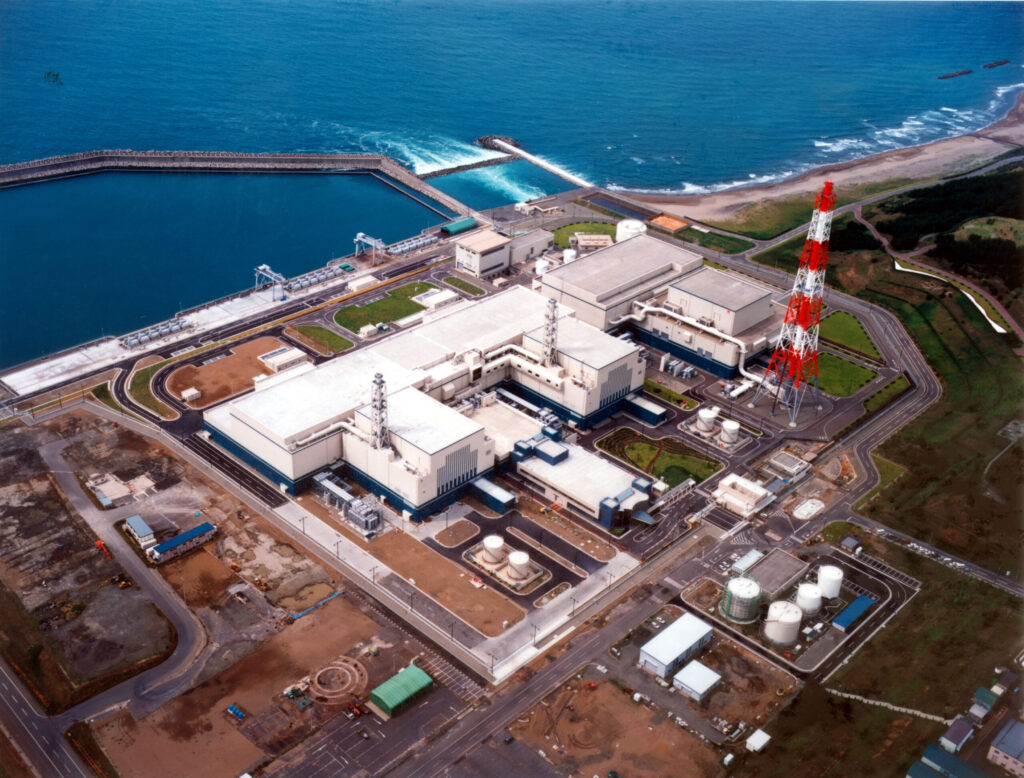The Japanese government has announced plans to take several steps to secure local consent for restarting the Kashiwazaki-Kariwa nuclear power plant, operated by Tokyo Electric Power (Tepco). The measures aim to address concerns and enhance safety features, paving the way for the potential restart of the world’s largest nuclear power plant by generation capacity.
The agreement, reached on Friday, includes:
- Reinforcing evacuation measures and routes for residents in the event of a nuclear disaster.
- Intensifying snow removal systems to ensure accessibility.
- Developing radiation-proof facilities for residents.
- Launching a publicity campaign to inform residents about the importance of the plant to electricity supply.
- Supervising Tepco’s setup of a framework to strengthen governance, potentially involving foreign experts and other utilities.
The government’s move comes after the national nuclear regulator lifted an operational ban on the plant in December, allowing Tepco to work towards gaining local permission to restart. The Niigata Prefecture’s governor has requested additional talks on the possible restart, and Tepco still requires local consent to bring the plant back online.
The restart of the Kashiwazaki-Kariwa plant is seen as crucial for Japan’s energy security, with only 12 reactors restarted since 2011. The government’s policy is to proceed with restarting reactors that comply with new regulatory standards while gaining local understanding.



